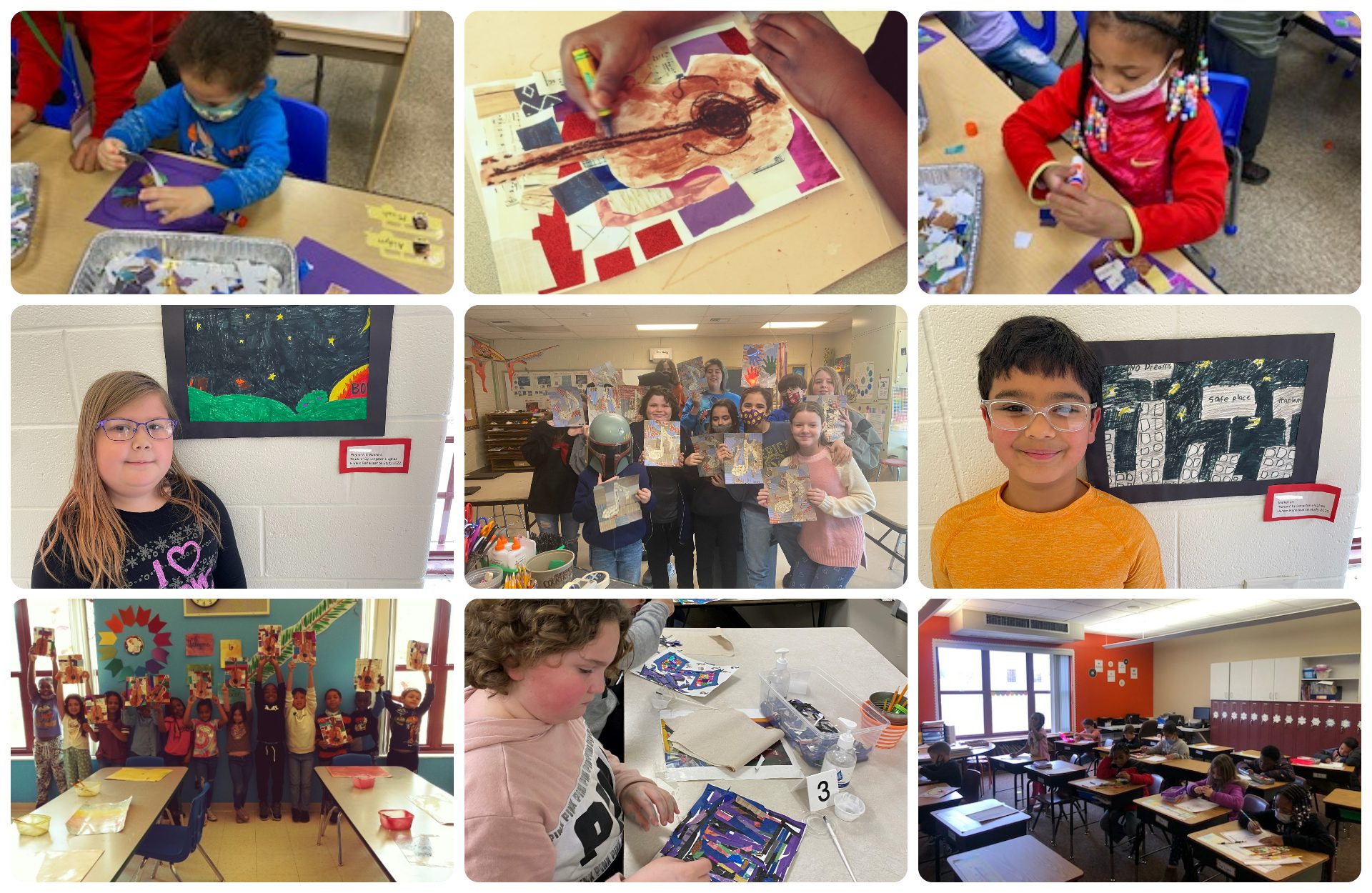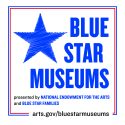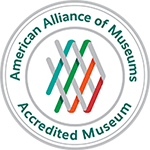Black History Month Celebration 2022
A collaboration between Cedarhurst Center for the Arts and Mt. Vernon City Schools, District 80
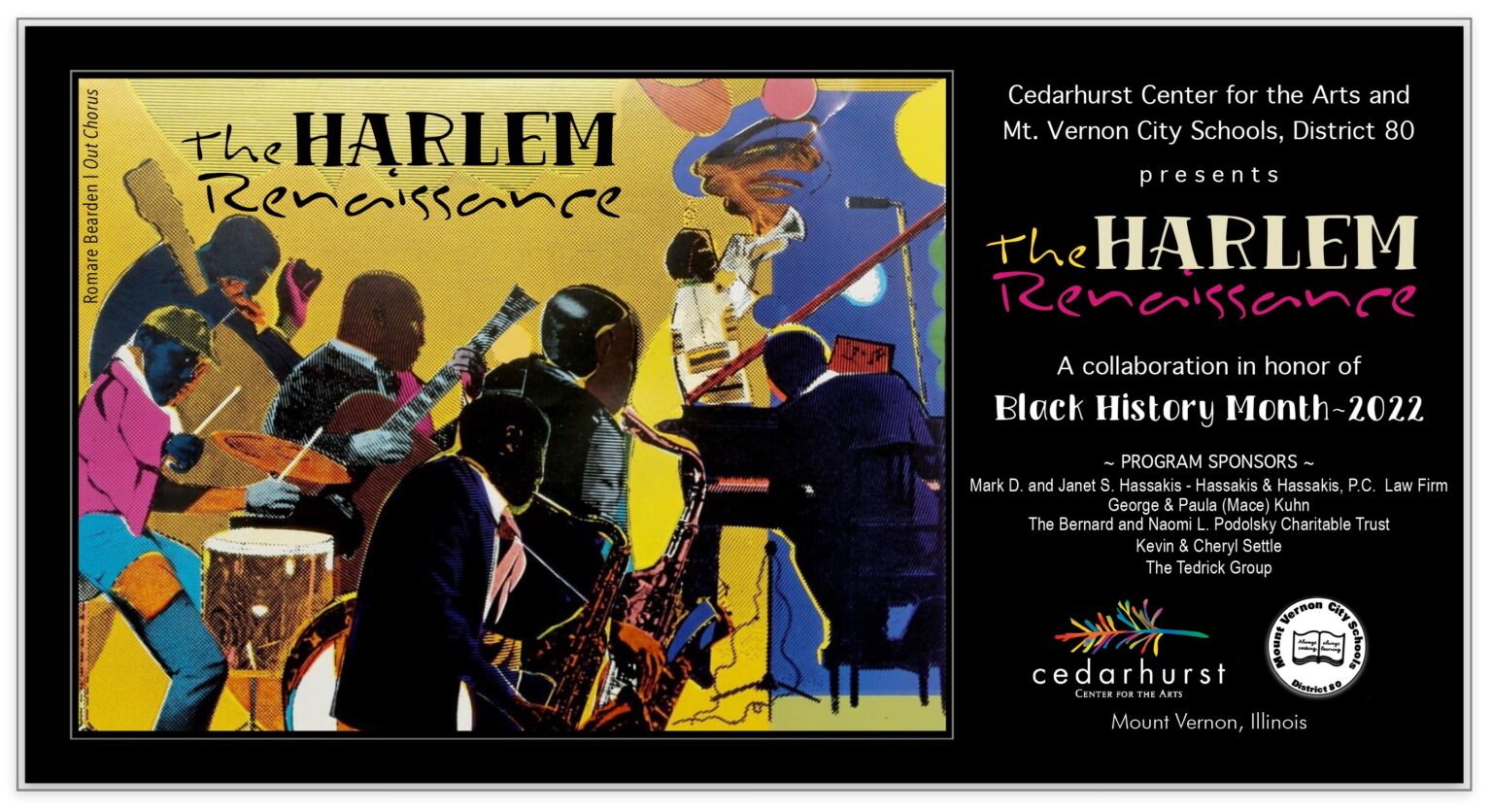
Theme: The Harlem Renaissance – Jazz, Poetry and Art Goals: To inspire an appreciation for Jazz, Art and Poetry created during the Harlem Renaissance. We will create art projects inspired by the artists of the time period, focus on the poetry of Langston Hughes, and listen to several great musicians of the time. In the older grade levels, we will engage in conversations around the discussion questions listed below. This will help us understand why the Harlem Renaissance happened and how this revival of African American cultural and artistic expression was such an important time in our American History.
Below are multiple discussion questions meant to engage students’ interest and introduce this year’s BHM Theme (Grades 4th and up).
- What does Renaissance mean? A revival of or renewed interest in something. The ‘original’ Renaissance era was a time period in the history of Europe beginning about 1400, following the Medieval period. “Renaissance” is a French word meaning “rebirth”. … The Renaissance was seen as a “rebirth” of that learning. The Renaissance is often said to be the start of the “modern age”.
- What is the Harlem Renaissance? Harlem was the cultural mecca attracting black artists, writers, photographers, musicians and poets, many fleeing the oppression of the South and seeking freedom to develop their talents. African-Americans used the arts to display their humanity and push for equality.
- Where is Harlem? Harlem is a large neighborhood within the northern section of the New York City borough of Manhattan. Since the 1920s, Harlem has been known as a major African-American residential, cultural and business center. … Black residents began to arrive en masse in 1905, with numbers fed by the Great Migration.
- What is the Great Migration? The Great Migration (Or Great Northward Migration, or Black Migration) was the relocation of more than 6 million African Americans from the rural South to the cities of the North between 1916-1970. The driving force behind the mass movement was to escape racial violence, pursue economic and educational opportunities, and obtain freedom from the oppression of Jim Crow.
- What were the Jim Crow Laws? Jim Crow laws were a collection of state and local statutes that legalized racial segregation. The laws lasted for about 100 years, from the post-Civil War era until 1968—they were meant to marginalize African Americans by denying them the right to vote, hold jobs, get an education or other opportunities. Those who attempted to defy Jim Crow laws often faced arrest, fines, jail sentences, violence and death. Jim Crow laws kept black people in an inferior position relative to white people, and they were denied political rights. There were more jobs available in the North, and, though racism was rampant, racial segregation was not mandated there. They embarked on the Great Migration seeking economic and social opportunity.
- Why did the Harlem Renaissance happen? This was the first time black people in America were able to express a strong sense of racial pride. Through the Arts, i.e. poetry, music, painting, novels, plays, essays, etc they promoted equality, condemned racism and injustice, and celebrated African American culture.
Below are famous people from the Harlem Renaissance that inspired and influenced one another, oftentimes making art, music, and poetry together.
Musicians:
- Billie Holiday – jazz singer known as “Lady Day.” Famous songs: ‘Summertime’ and ‘Strange Fruit’ tells the story of lynching in the south.
- Louis Armstrong – jazz trumpet player known as “Satchmo.” Famous songs: ‘What a Wonderful World’ ‘When the Saints Go Marching In’ and ‘Dream a Little Dream of Me’
- Duke Ellington – composer, pianist, and leader of a jazz orchestra.
- Marian Anderson – opera singer who became the first African American to perform at the Metropolitan Opera.
- Count Basie, Cab Calloway, Dorothy Dandridge, Lena Horn, Bessie Smith, Ma Rainey, and several more.
Artists:
- Romare Bearden – most well known for his collages of jazz musicians and NYC
- Jacob Lawrence – a painter (dynamic cubism) most well-known for his 60-panel The Migration Series which depicted the Great Migration of African Americans from the rural South
- Beauford Delaney – a modern painter, abstract expressionism
Poet:
- Langston Hughes – the leading voice of the Harlem Renaissance
“Listen, America–
I live here, too.
I want freedom
Just as you.”—Langston Hughes, “Let America Be America Again” (1936)
View the “List of figures from the Harlem Renaissance” for a complete in-depth look.
Pre-K through 3rd grade / All Grade Levels:
- Jazz Baby – by Lisa Wheeler, illustrated by R. Gregory Christie
- My Hands Sing the Blues: Romare Bearden’s Childhood Journey – by Jeanne Walker Harvey, illustrated by Elizabeth Zunon
- That is My Dream! A picture book of Langston Hughes’s “Dream Variation” – by Langston Hughes, illustrated by Daniel Miyares
- My People (Coretta Scott King Award – Illustrator Winner) – by Langston Hughes, photographs by Charles R. Smith Jr.
- This Jazz Man – by Karen Ehrhardt, illustrated by R.G. Roth (highlights 9 famous jazzmen)
- When Marian Sang: The True Recital of Marian Anderson – by Pam Muñoz Ryan, illustrated by Brian Selznick
4th – 8th Grade:
- Poetry for Young People – by Langston Hughes, edited by David Roessel and Arnold Rampersad, illustrated by Benny Andrews and Renée Watson
- The Dream Keeper and Other Poems – by Langston Hughes, illustrated by Brian Pinkney
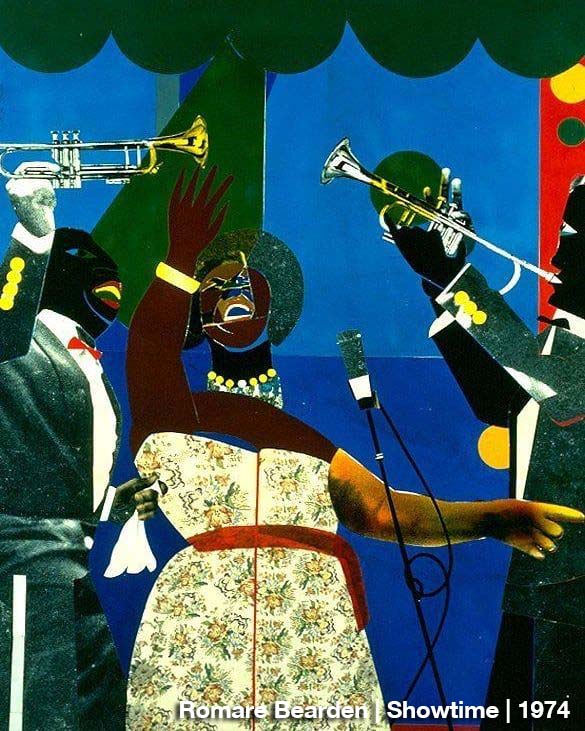
ART PROJECT IDEAS:
Musical Collage inspired by Artist Romare Bearden:
- Begin by introducing our theme: ‘The Harlem Renaissance- Jazz, Poetry and Art’
- Read the book, My Hands Sing the Blues: Romare Bearden’s Childhood Journey by Jeanne Walker Harvery, Elizabeth Zunon. (Or, any of our books from the list of book suggestions.)
- Discuss, what is a Collage? A collage is a picture made by pasting down scraps of paper and other odds and ends to create an artistic image. (Printable Collage Definition PDF)
Glue, Stick, Repeat!
- Color – Select a color palette. (Set your students up for success by pre-selecting the papers and materials you provide for their project. Our school district chose a ‘cool color’ palette as well as unique, ‘building prints’ scrapbooking papers, metallic papers and old sheet music.)
- Cut – Depending on your student’s age group you may want to pre-cut the paper into small squares. Or, cut into long strips and allow the student to tear or cut into smaller pieces.
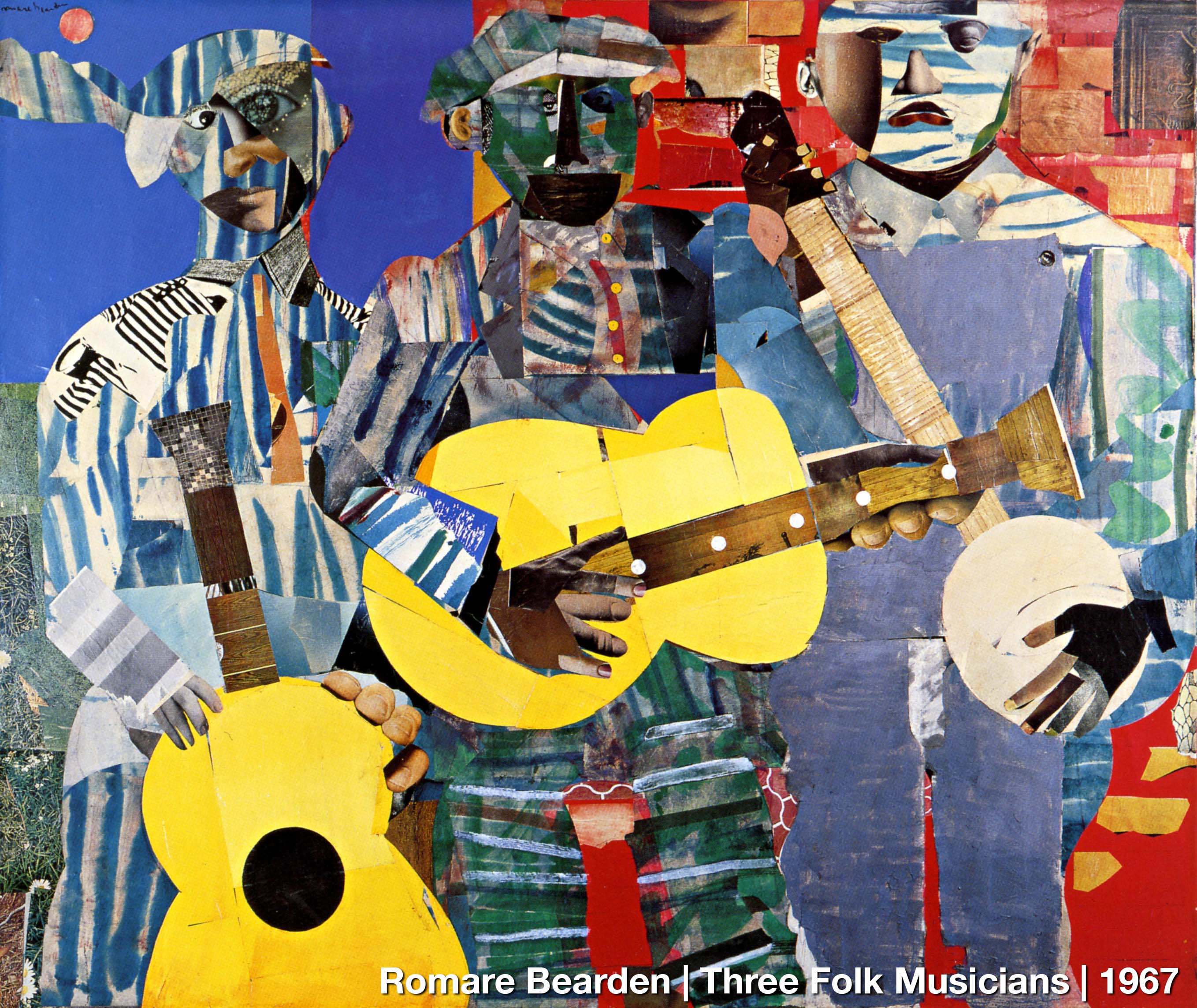 Glue – Using a heavy weight paper, such as cardstock or tagboard, glue your pieces onto the heavier paper with your desired pattern or image. (Free downloadable PDF of music note outline, or the jazz letter outline, that could be used as a collage template.) Glue sticks work fine. Or, small cups of Elmer’s glue can be given to students, with a paintbrush, to ensure a liberal amount is applied.
Glue – Using a heavy weight paper, such as cardstock or tagboard, glue your pieces onto the heavier paper with your desired pattern or image. (Free downloadable PDF of music note outline, or the jazz letter outline, that could be used as a collage template.) Glue sticks work fine. Or, small cups of Elmer’s glue can be given to students, with a paintbrush, to ensure a liberal amount is applied.- Repeat – It is ok for your papers to overlap. Layers provide interest, keep going!
- Share – Display your art in your home or classroom and share with your friends and family what you learned. Cedarhurst would love to see your art too! Please share images via email or send them to us on Facebook.
*Pro Tips:
- As you collage you will come to the edge of your paper or outline. You may need scissors to make a ‘custom cut’ to be sure your papers fill the entire page.
- Let’s paint! You may choose to also provide students with a select palette of 2-3 colors (blue, purple, silver, etc.) After they have completed gluing their collage papers, pass out paint. This will help fill in any white areas or gaps between glued papers.
MORE ART PROJECT IDEAS:
- Create a Musical Instrument
- Musical Painting
- ‘Word Art’ – incorporate poetry into a painting or collage
- Look at ‘My People’ poem by Langston Hughes and the book written by Charles R. Smith and create/illustrate your own version to whichever poem you choose. Create and bind a book of your version of ‘My People’.
RESEARCH PROJECT IDEAS:
- Research one of the Famous People from the Harlem Renaissance. Create a poster project/collage that we could also photograph and share in a digital gallery online.
- Study the Great Migration and our ‘Discussion Questions’ listed above to engage students. Create Vocabulary words and definitions.
- Create a map of Harlem or the Great Migration
- Study the Jazz movement. Research how the style of music evolved and changed over the decades. How did it change and influence other styles of music not only in America but around the world?
EDSITEment! The Best of the Humanities on the Web
This ‘Teacher Ready’ website was developed by the Langston Hughes Poetry Society and the National Endowment for the Humanities (NEH) and includes lesson plans, teacher’s guides, videos/media, resources, and much more.
Mr. DeWilde has been an art teacher for ten years at the elementary, junior high, and high school levels, currently teaching at Bloomington Junior High School in Bloomington, Illinois. His work has been recognized by the Illinois State Board of Education, the Illinois Art Education Association, and the Lowell Milken Education Center. He strives to create an inclusive curriculum by developing lessons with a positive representation of diverse artists and issues.
J.L. Buford T.A.G. (talented & gifted students) Presentation
Powered By EmbedPress

